Users Who Spiked
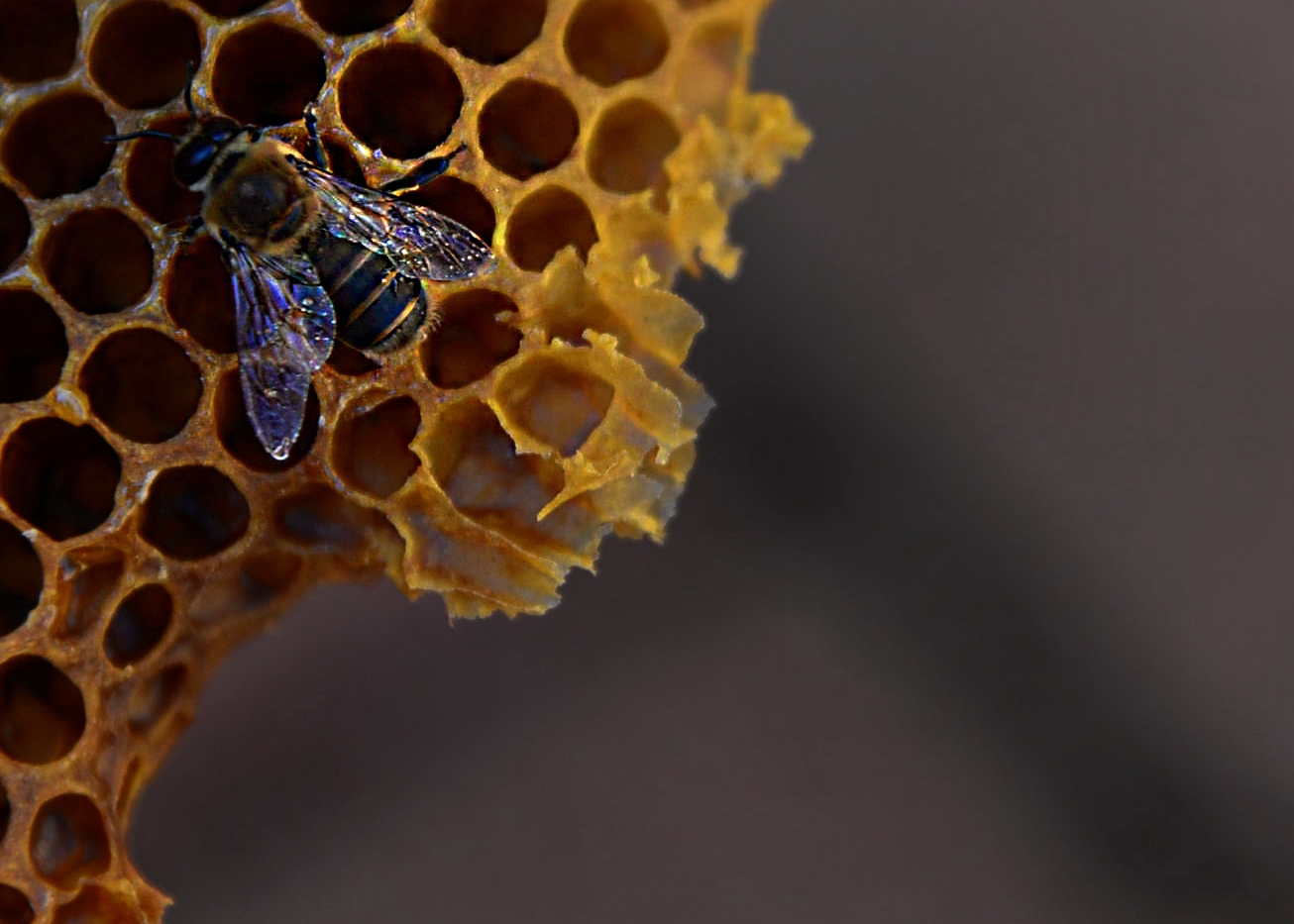
OH, HONEY
Private Notes
Private Notes
Notes
Mom stops me in the living room so she can read my t-shirt. On the front, in print she's read at least twice before, my shirt says, "I got my mind on my honey and my honey on my mind." She's reading it again not because of an exceptionally short memory, but because I wear this shirt a lot. It's comfortable, my favorite shade of gray, and I got it - as the back of the shirt advertises - at the Savannah Bee Company, in Georgia. It's a great shop. They have honey, lotions, clever shirts, and sometimes they give mead tastings in the back.
Not too far away, in Athens, Georgia, a similar shop opened in 2017 called Bear Hug Honey. I'll probably get a shirt from them someday too. The Peach State isn't the only one to boast honey shops. The next stop on my sweet tour will be Two Hives Honey in Austin, Texas. They even have beekeeping classes. Maybe there's a honey shop in your town too. It could be my imagination, but I'd swear these all sprang up after I started hearing about the decline of the bees.
Bees themselves are fascinating creatures. Not all bees are social like the bees in a honey hive. The ones that are though, are a study in altruism. Every bee has a job and everything it does it does to help the other bees. A sick bee will leave the hive so it doesn't infect the others. We all know that bees die when they sting; a sacrifice given to defend its brethren. Who can't see the beauty in that? It's a tiny bit of black and yellow poetry.
What honey bees produce is a fascinating substance. Most of us know it as the sticky sweet stuff we put in tea or on cornbread. But, what is honey really and why do bees make it in the first place? Honey starts out as nectar. Nectar is mostly sugar and water. Flowers produce nectar to lure animals in close. When bees and other pollinators get near enough to drink the nectar, they're also likely to get a sprinkling of pollen on them. When they visit other flowers in search of more nectar, they end up spreading that pollen around and helping plants propagate.
Some of the nectar gets digested by the bee right away because it takes a lot of energy to buzz around all day. The rest gets stored inside the bee's special honey stomach. There, it gets mixed with enzymes and proteins that start to break down the sugars in the nectar. Once the bee gets back to the hive, she passes that nectar to another bee. They eat some of it and put some of it into their honey stomach. The bees keep passing this nectar mixture around until it's been broken down enough to be deposited into the honeycomb. It's still got a lot of water in it, so the bees will fan the honeycomb with their wings to help evaporate the water. When it's gotten nice and thick, the bees will seal up the honeycomb with wax so no more moisture can get in.
Think of it as the bee version of canning. Once that wax goes on, the honey is effectively stored for the winter. If it's too cold outside or there's no nectar handy, the bees can break open the honeycomb and eat the honey. As long as no moisture gets into it, honey can stay preserved for thousands of years! Archaeologists have found reserves of honey in Greece, Egypt, and Mesopotamia that were stored in ancient times and are still edible. That's mostly because the high sugar content and mild acidity of honey discourage the growth of molds and bacteria.
These days, there are loads of honey products on the market that purport to have all sorts of medicinal qualities. Honey is said to aid digestion, treat allergies, stop coughs, clear skin…the claims go on. It's true that honey has a long history of use as a remedy. Since we've been eating honey for around 8,000 years, it stands to reason that we'd try it out as medicine too. Honey's not, however, a miracle cure-all. Those antibiotic properties can be effective in fighting infection, especially on burns. It might act as a cough suppressant by coating the throat and inducing salivation. It might help to clear skin by destroying some bacteria and mechanical removal of dirt particles. An allergy suppressant? That one's highly unlikely. But, with the exception of feeding it to infants (there are some health concerns there), treating anything with honey won't probably cause any problems aside from parting you from your hard-earned money.
To put it briefly, honey is magical sugar water made by bees. It tastes good, it doesn't go bad (if stored properly), and it's got antibacterial properties. Win, win, win. If you want to get nerdy about honey (I want to get nerdy about practically everything), it's even a Newtonian liquid! The water content of honey can be measured by the way it refracts light. Honey is classified by the flowers that supply the nectar. The quality of commercial honey is judged by its color. Some sneaky folks try to dilute it with corn syrup or other sweets. But, in most countries, anything added to the honey must be indicated on the label. Best of all…honey is the main ingredient in mead!
Thank you, bees. Thank you for pollinating our crops. Thank you for making plants happy. Thank you for the sweet deliciousness of honey. I hope someday we humans will learn to stop swatting at you and understand how important you are to the world.
For more honey info:
Bee Anatomy: https://askabiologist.asu.edu/honey-bee-anatomy
Tests for Purity: https://www.mybeeline.co/en/p/how-to-check-the-purity-of-honey-at-home
National Honey Board: https://www.honey.com
**photo by Chip Slack, Cannon Air Force Base
Comments
Please login to post comments on this story
-
It's so interesting how we're really all the circle of life, how we all help each other to live. Trees help us with Oxygen, Bees help create honey that we eat and that not only taste good, but help us to cure some of our ailments, Sun gives the plants energy to grow (like the trees), which then gives us the energy to eat the things we eat including meat because many animals that those of us that eat meat, eat plants, then for those of us that are on plant-based diets, we wouldn't be able to eat those plant-based items without the sun, and heck without the sun we'd be dead at sub-zero. We're all a part of this circle of life, and life the animals and plant-life, we have to stick together.


















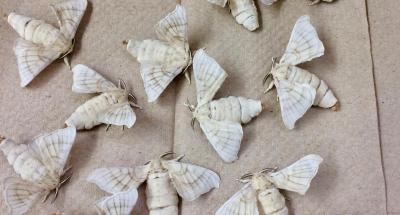


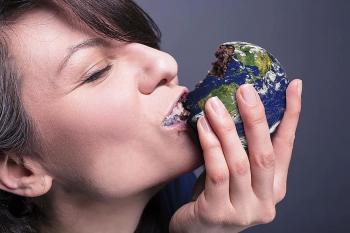
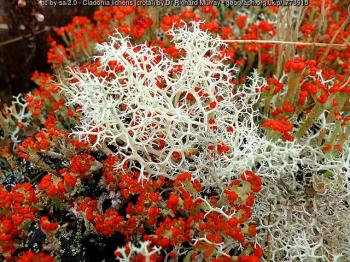

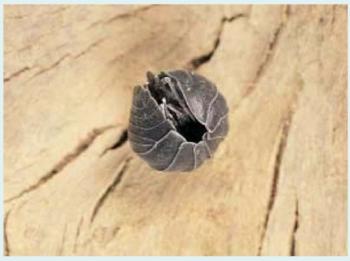

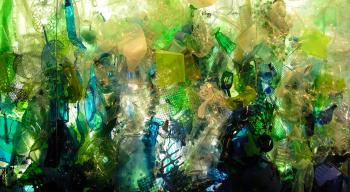
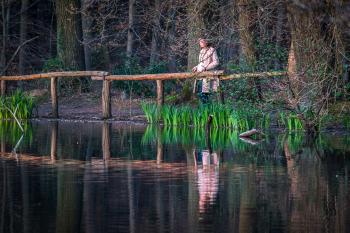




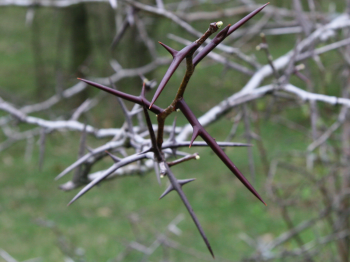

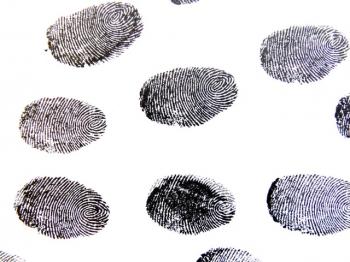
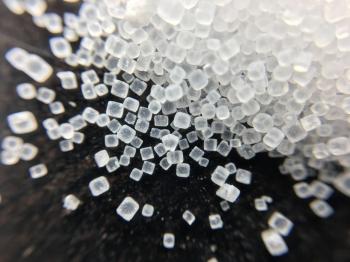

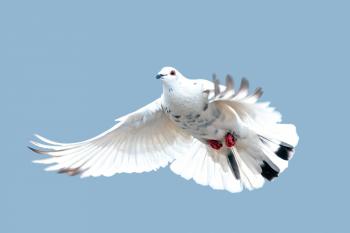
I like to encourage respect for nature and awareness of how connected we actually are.